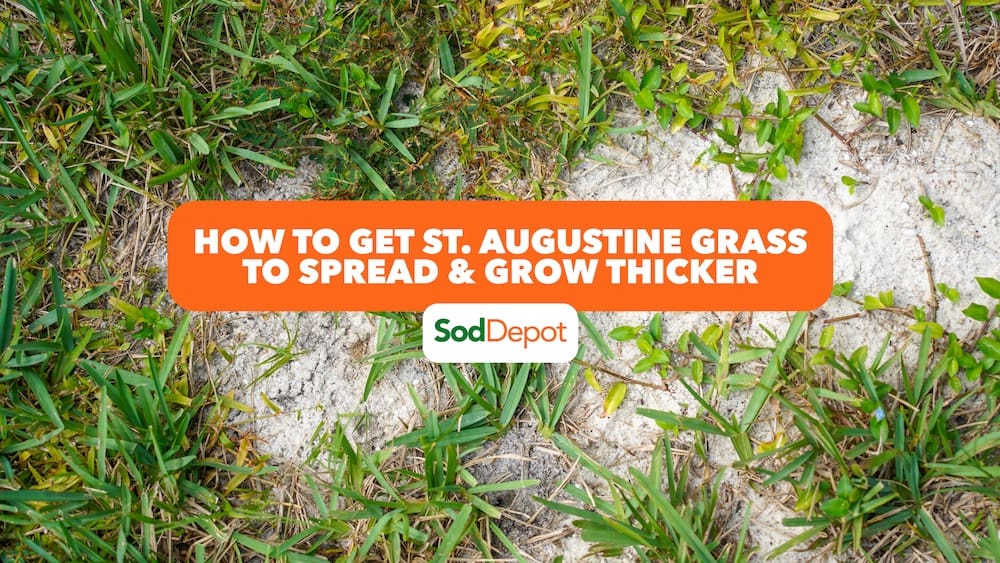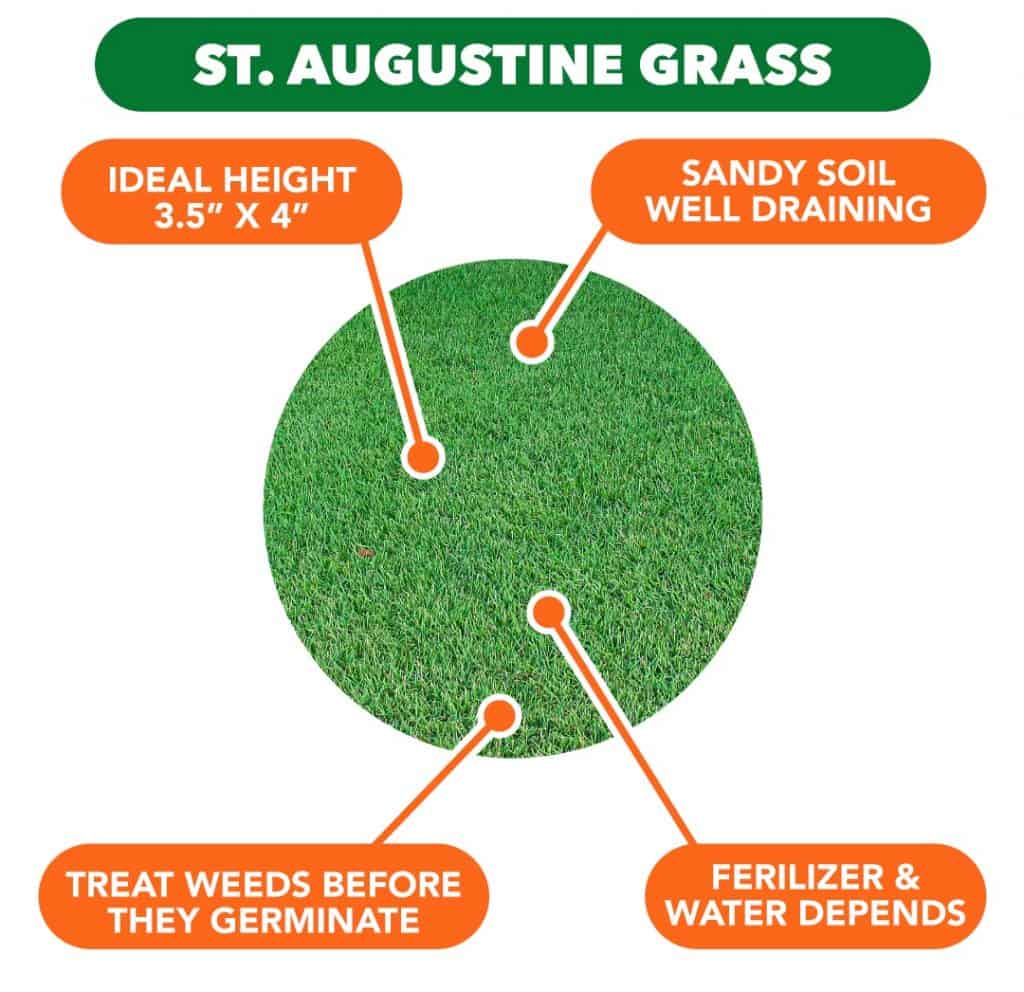How To Get St. Augustine Grass To Spread And Grow Thicker

If you’ve tried and failed to get your St. Augustine grass in Florida to spread and grow thicker, you may feel frustrated. After all, no one likes a lawn that’s anything less than lush. By keeping a few things in mind before or after you install St. Augustine grass on your lawn, you can help your yard become beautiful and lush.
In this blog post, we’ll discuss what you need to know to get your St Augustine sod to spread and grow thicker.
Use The Correct Type of Soil
Before you do anything, you should make sure you choose the right type of soil. Different types of soil can offer various benefits so it’s crucial to choose soil that will support the growth and the spread of your St. Augustine grass.
One thing to remember about St. Augustine grass is that waterlogged soil limits the amount of oxygen your grass receives, preventing growth. Assess the areas of your lawn that are thinner or growing slowly. The problem may be water logging. For areas in your lawn that appear uneven or bare, using topsoil can minimize pooling and get the grass back.
When choosing the soil for your St. Augustine grass, look for sandy soil or other types that are well-draining. Making sure the pH level of your soil falls within a certain range is equally important. You’ll want to choose soil that also has a pH range from 5.0 to 8.5. You can contact Sod Depot to make sure you’re choosing the right soil type to facilitate fast growth.

Use The Correct Mowing Height
Once you’ve planted your St. Augustine grass, you’ll have to provide regular lawn maintenance if you want it to spread quickly. Your maintenance should include watering, fertilization, and mowing. Keep in mind that mowing your grass too high or too low can also inhibit growth. The ideal height for St. Augustine grass is between 3.5 to 4 inches. Be sure to take special care to mow your lawn within this range.
Use The Right Fertilizer
When you’re deciding on which fertilizer to use, look for one that has a high amount of phosphorus, also known as phosphorus-laden fertilizer, for the first 3 to 4 months after installation. Once that period has passed, you should transition to any normal nitrogen fertilizer with 0.7lbs of nitrogen per 1,000sqft. Different brands may vary in what their soil contains. Be sure to check carefully before applying it to your lawn.
Properly Water Your Grass
How much and how often you water your grass in the days following installation is vital for the health of your lawn. It’s important to water your St. Augustine grass multiple times a day for the first 7 to 10 days. On day 11, you’ll want to be sure to irrigate up to at least a half inch of water. Once you scale back on irrigation around week six, you should be at a point where your lawn only needs to be watered when necessary.
Control Weeds
Allowing weeds to set up camp in your yard will force your lawn to compete for vital nutrients. Whatever nutrients are stolen from your lawn will prevent it from growing faster and thicker. Treating weeds before they germinate can be an effective approach to weed control. Consider using a pre-emergent herbicide during appropriate months to treat certain types of weeds.
Preventing weeds from taking root in your yard is a sure way to speed up the growing process. Certain weeds are more commonly known to slow the growth and spread of St. Augustine. Consider treating the following before you see them emerge: dallisgrass, crabgrass, and almost all broadleaf weeds.
Let Sod Depot Help
While St. Augustine grass is naturally a fast-spreading species of grass, ensuring it has the proper environment to thrive will further speed up the process. Contact Sod Depot for even more guidance if youre’ considering installing St. Augustine and want the best results possible.
© Sod Depot – All Rights Reserved

